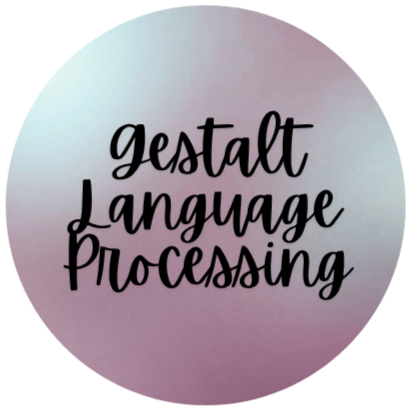Evidence-Aligned Alternatives to the Natural Language Acquisition Protocol
Supporting communication development for children who use delayed echolalia
This page links to resources for learning about ways to support language development in early communicators. This could include autistic children, children with language delays, nonspeaking children, and/or children who use delayed echolalia. Not all of these resources will be useful for every child. However, when I bring up questions about the efficacy of NLA, I am often asked what I would recommend instead. I cannot recommend a specific therapy for a child I have not personally evaluated, but these are the types of strategies that I have in my clinical toolbox. The resources are listed in no particular order and none of the links are affiliate links. This website is not intended as a one-stop shop to learn what to do in therapy; rather it is a starting point to orient you to some resources that are out there.
I have no financial relationships with any of the resources I list here. Listing resources here does not imply that they endorse this website in any way. To recommend additions or changes to this page, please contact support@gestaltlanguageprocessing.org.
Assessment Resources
Conversation Analysis
This is a truly qualitative approach to analyzing a communication sample without reference to normative data or neuronormative expectations. All communication is included, including body movements, echolalia, "taught language," gesture, AAC, and spoken words. It has been used for decades to show the value of echolalia in autistic children, among many other purposes. A helpful article by Yu & Sterponi (2023) provides an overview for SLPs with recommendations for ways to learn more.
Speech act frameworks
This appraoch to analyzing a language sample categorizes utterances by their purpose and modality. It allows clinicians to recognize a child's communicative strengths and areas to focus on in therapy. The speech acts described in by John Dore in 1973 are commonly used for this analysis: Labeling, Repeating, Answering, Requesting Answer, Requesting Action, Calling, Greeting, Protesting, and Practicing.
Communication Matrix
From their website, the Communication Matrix is "an assessment tool to help families and professionals easily understand the communication status, progress, and unique needs of anyone functioning at the early stages of communication or using forms of communication other than speaking or writing." Parents can access the tool for free and clinicians can complete a certain number of assessments for free and then pay a small fee for each subsequent use. www.communicationmatrix.org
Toy Talk and the Sentence-Focused Framework
This approach to assessment and treatment of early communicators emphasizes the role of grammar in language learning. The creators of the approach have a website and blog devoted to it, and it has also been reviewed by The Informed SLP.
Treatment Resources
Hanen Programs
The It Takes Two to Talk™ and More Than Words™ programs from Hanen provide parents with evidence-based tools to support their child's language development. Parents and clinicians can learn more at www.Hanen.org.
The guidebooks corresponding to each program are available to purchase anywhere you buy books. For convenience, here are links to purchase the books directly from Hanen:
More Than Words™ Guidebook
It Takes Two to Talk™ Guidebook
Family-Guided Routines-Based Intervention
Family-guided routines-based intervention is an approach to supporting caregivers to support language development as part of everyday routines.
Naturalistic Developmental and Behavioral Interventions
These are a collection of approaches that are backed by empirical research and combine insights from developmental science and behavior analysis. They are described by Shreibman et al. (2015) and the book by the same name provides extensive detail.
"Traditional" Speech Therapy
Traditional speech therapy is a poorly-defined term, as speech therapists have been doing speech therapy for decades, utilizing myriad strategies and techniques to target all kinds of goals. However, there are many "tried and true" elements that are common among Hanen, NDBIs, NLA, and other "named" therapy techniques. These include noticing and responding to all forms of communication, modeling language that we think will be meaningful to the child, setting up the physical environment to encourage communication, building a trusting relationship with the child, incorporating sensory and movement experiences that are enjoyable to the child, and much more. Despite their long history, many therapists learn them for the first time at an NLA training, which contributes to the idea that such techniques are synonymous with NLA. Therapists may incorporate these and other strategies without ascribing to or being certified in a named technique. When talking with a colleague or a prospective therapist, it may be more helpful to discuss the specific goals and wishes you have a for a child before requesting specific named approaches.
Learning about Language Development
Grammar Development 101
Clinicians (or anyone else) interested in a crash course on language acquisition are encouraged to check out Grammar Development 101, a YouTube channel from the Applied Psycholinguistics Lab at the University of Illinois. These videos are created under the supervision of professors with expertise in language development research to make language development research accessible to a broader audience.
